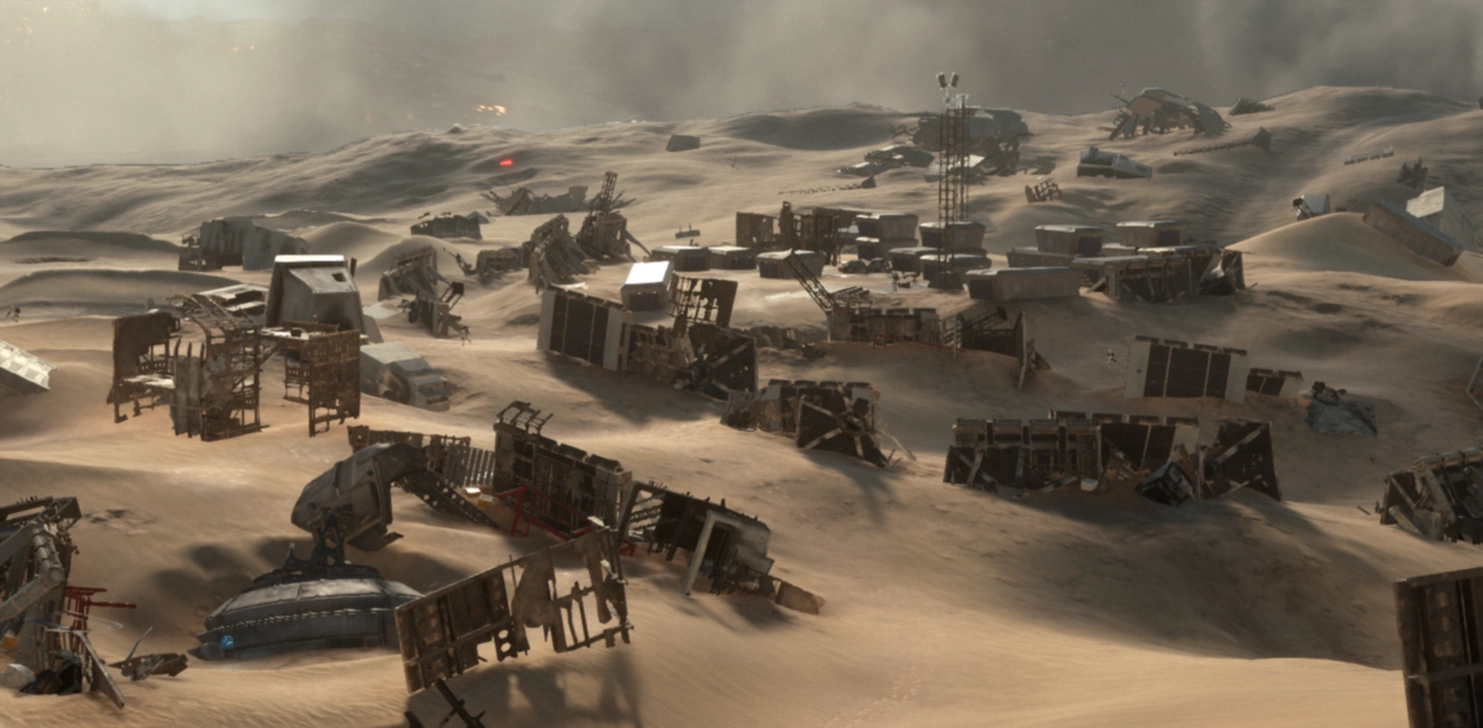My nephews are super excited about Legion and I was hoping to surprise them with a 6x3 modular Tatooine for when the game comes out. I've had some experience building model train sets and also am good at woodworking so I figured this technically shouldn't be THAT difficult. I am completely new to tabletop gaming though and only heard about it from my brother when Legion was unveiled. I have watched a few Bolt Action videos online which showed how the mechanics work for this type of game but still have some questions. My plan it to place everything on bases so that the table can be rearranged and create different "maps."
(My main concern is that I will spend a bunch of time on this project and it will turn into a glorified diorama instead of a functioning game board my nephews can play on.)
They mentioned "jump height" in the demo. Should I make a board that has different heights to it? ie cliffs, rooftops, catwalks, etc.
Cover seems to play a role. Should I expect that the barricades will come with the game? Or make my own crates, half walls, junk piles, etc?
Or should I just wait until the rules are announced for the game so that I can get all the particulars. I'm not familiar with FF and whether or not they will even release this information before the actual game comes out. I'm a bit of a perfectionist so I feel like I should start on this ASAP! I shot for photorealism with my train sets and plan on going all out since I'm a huge Star Wars nerd!
Any info would help. Thanks
Edited by Tracer4444

